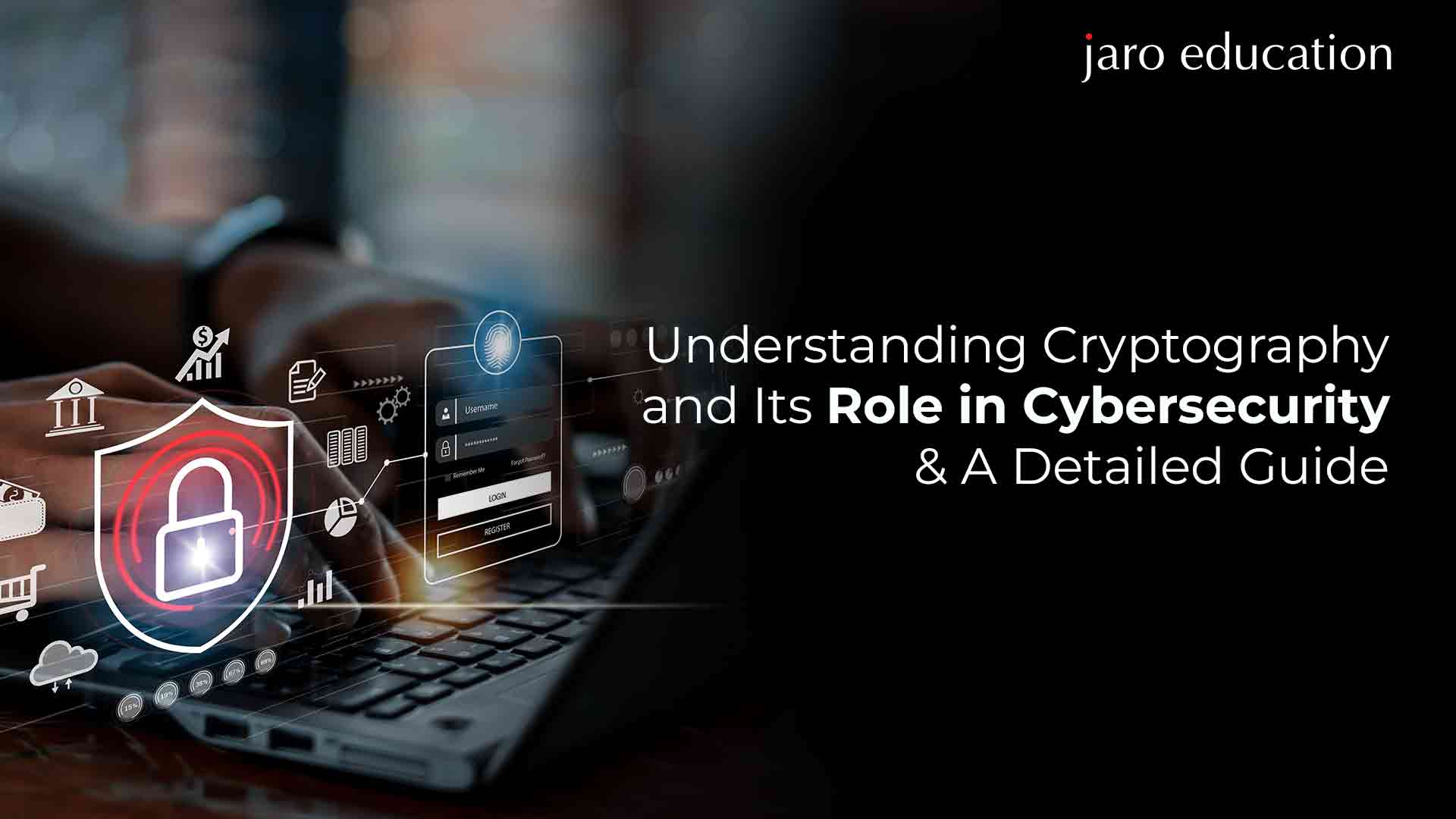As the world becomes increasingly digitised, cybersecurity is more important than ever. Imagine building a business from scratch, putting in years of hard work, and one day waking up to the fact that your organisation’s digital assets have been infiltrated by cybercriminals. Thanks to the development in cybersecurity over the years, such untoward incidents can be prevented. One crucial aspect of cybersecurity is cryptography, which involves the use of mathematical algorithms to secure communication and data. In this blog, we will explore what cryptography is, how it works, and its importance in cybersecurity.
What is Cryptography?
It is the process of converting plain text into ciphertext to protect sensitive information from unauthorised access. The process involves the use of mathematical algorithms, keys, and protocols to ensure that the information can only be accessed by authorised parties. The word “cryptography” comes from the Greek words kryptos,” meaning hidden, and graphein,” meaning writing.
Types of Cryptography
-
Symmetric-Key Cryptography:
Symmetric-key cryptography, also known as secret-key cryptography, uses the same key for both encryption and decryption. The sender and receiver share a secret key, which they use to encrypt and decrypt the message. The most common symmetric-key cryptography algorithm is the Advanced Encryption Standard (AES).
-
Public-Key Cryptography:
Public-key cryptography, also known as asymmetric cryptography, uses two keys: a public key and a private key. The sender encrypts the message using the receiver’s public key, and the receiver decrypts the message using their private key. Public-key cryptography is more secure than symmetric-key cryptography because it eliminates the need for sharing a secret key. The most common public-key cryptography algorithm is the RSA algorithm.
Importance of Cryptography in Cybersecurity
Without cryptography, data transmitted over the internet would be vulnerable to interception and theft by hackers. Cryptography is used to protect various aspects of cybersecurity, such as:
-
Secure Communication:
Cryptography is used to secure communication between two parties. The sender encrypts the message, and the receiver decrypts the message using a secret key or a public key. Cryptography ensures that unauthorised parties cannot intercept the message.
-
Authentication:
Cryptography is used for authentication to verify the identities of the sender and receiver. In public-key cryptography, the receiver’s public key is used to verify the sender’s identity. In symmetric-key cryptography, a shared secret key is used to verify the identities of the sender and receiver.
-
Integrity:
Cryptography is used to ensure the integrity of the message. Cryptographic algorithms generate a hash value for the message, which is sent along with the message. The receiver uses the same algorithm to generate a hash value for the received message. If the hash values match, the message has not been altered during transmission.
-
Non-Repudiation:
Cryptography is used for non-repudiation to prevent the sender from denying that they sent the message. In public-key cryptography, the sender signs the message using their private key, and the receiver verifies the signature using the sender’s public key. If the signature is valid, the sender cannot deny that they sent the message.
Examples of Cryptographic Attacks
Hackers are always looking for vulnerabilities in cryptographic systems and finding ways to exploit them. Here are some examples of cryptographic attacks that have occurred:
- One type of attack is known as a brute force attack. This involves trying every possible key until the correct one is found. Cryptographic algorithms with longer keys can make this kind of attack much more difficult.
- Another type of attack is called a man-in-the-middle (MITM) attack. In this scenario, the hacker intercepts messages between two parties and alters them before passing them on. This can be particularly dangerous if the messages contain sensitive information like login credentials or financial data.
- Side-channel attacks involve exploiting weaknesses in hardware or software implementations of cryptographic algorithms by analysing things like power consumption or electromagnetic radiation.
- Cryptographic attacks also include methods such as social engineering and phishing scams, where attackers manipulate people into giving away their passwords or other confidential information.
Understanding these types of cryptographic attacks can help us better protect our sensitive information from hackers who seek to exploit any vulnerability they can find.
Be at the forefront of Cybersecurity landscape with Post Graduation Certification in Cyber Security from IIT Palakkad
The Post Graduation Certification in Cyber Security from IIT Palakkad is a comprehensive programme that covers a wide range of topics related to cybersecurity. It includes modules such as Network Security in Ethical Hacking, Foundations in Cyber Security and Applied Cryptography, Application Security in Ethical Hacking and Advanced Concepts in Cyber Security, and Malware Analysis – Memory Forensics. Participants will also gain hands-on experience with an opportunity to work on capstone projects.
The fact that IIT Palakkad, one of India’s most prestigious institutions, is providing this certification in cybersecurity is one of its biggest advantages. This ensures that the programme is of the highest quality and that graduates will have a strong foundation in the field of cybersecurity.
Learners will acquire a deep understanding of cybersecurity and be equipped with the skills and knowledge needed to excel in the field. Additionally, you will receive a certificate from IIT Palakkad.
Enrolling in the Post Graduation Certification in Cyber Security from IIT Palakkad can be a game changer for your career.
Wrapping Up
In today’s digital age, Cryptography is an essential aspect of cybersecurity. It provides a way to secure communication, authenticate users, ensure message integrity, and prevent non-repudiation. The two main types of cryptography are symmetric-key and public-key cryptography. While symmetric-key is faster, public-key is more secure. Cryptography is used in various aspects of cybersecurity, including secure communication, authentication, integrity, and non-repudiation. As the world becomes increasingly digitised, the importance of cryptography in cybersecurity will continue to grow and so will the opportunities in the cybersecurity domain. If cybersecurity is something that piques your interest, the Post Graduation Certification in Cyber Security from IIT Palakkad is something that you should definitely consider.






